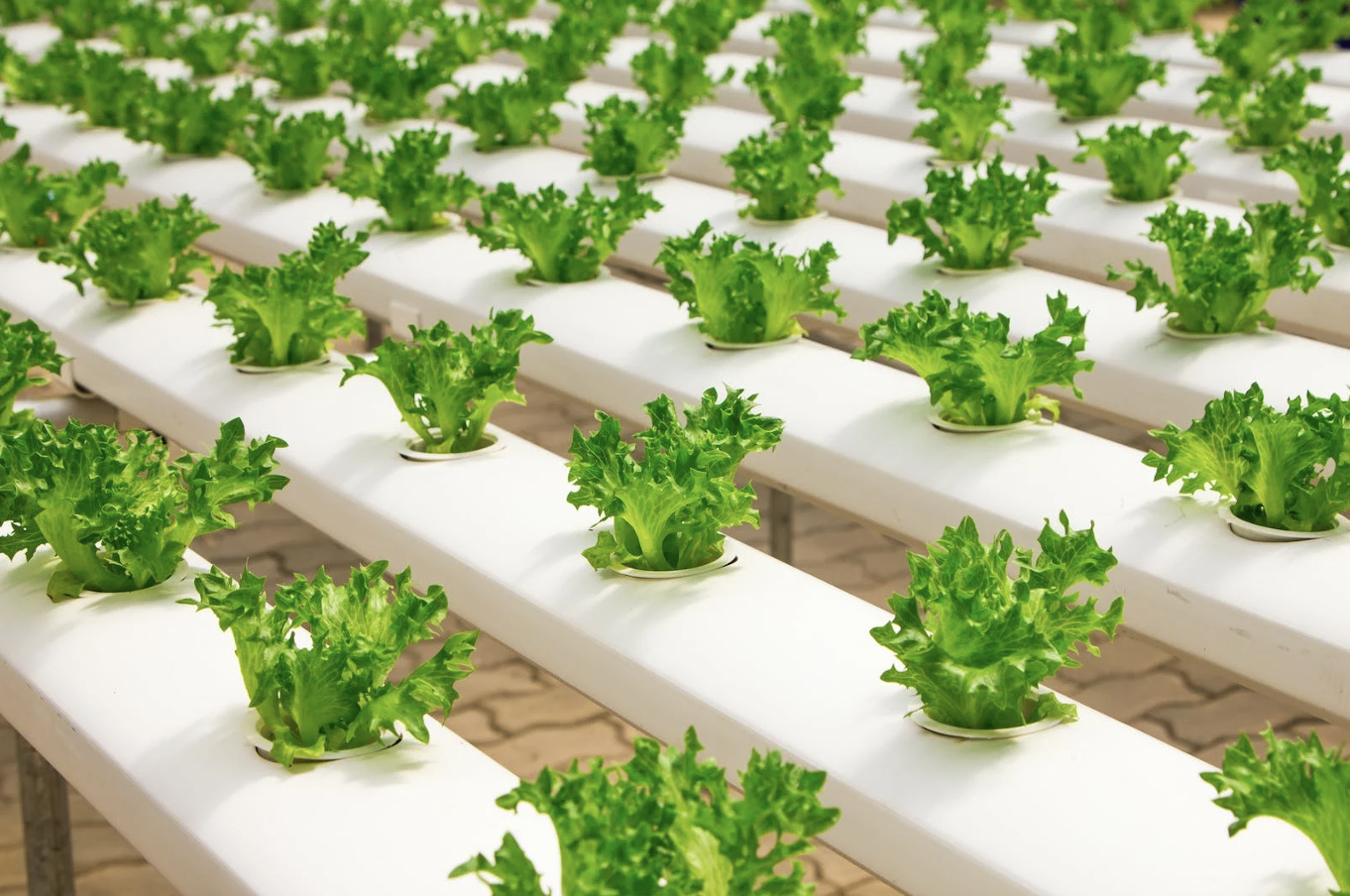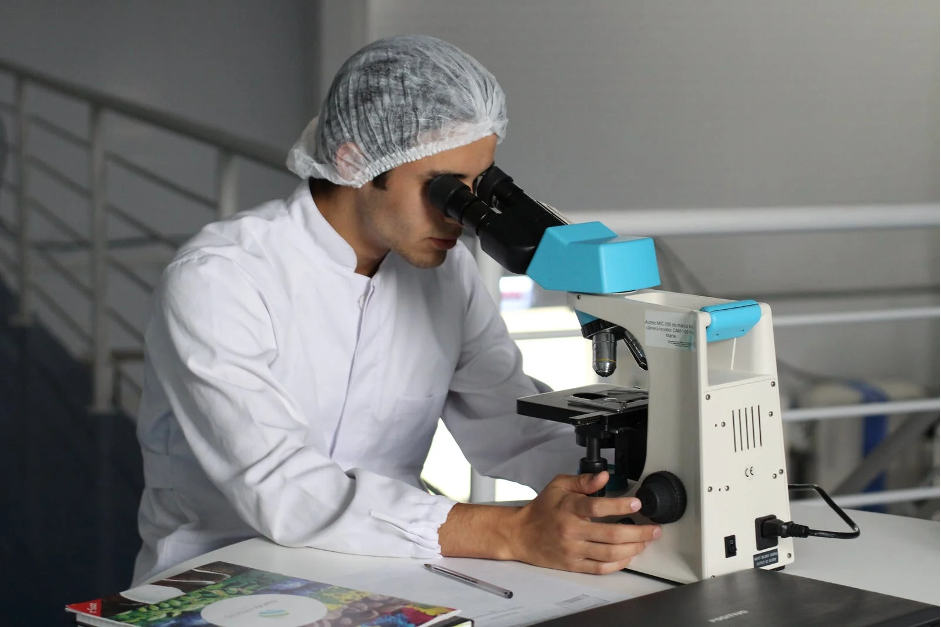
Detection of contaminants in food processing is a complex and important task. There are many different types of contaminants that can be present in food, and each type requires a different method of detection. In general, contaminants can be divided into two categories: physical contaminants and chemical contaminants. It’s important to be able to detect both types of contaminants, as they can both pose a risk to human health. Here is a brief overview of how each type of contaminant is detected in food processing.
Table of Contents
1. Physical contaminants are usually larger pieces of foreign matter
They can be seen with the naked eye or detected by touch. Common physical contaminants include glass, metal fragments, hair, and insects. To detect physical contaminants, food processing facilities use a variety of methods, including metal detectors, visual inspection, x-ray inspection, and magnetic separation. For example, this product effect may interfere with metal detectors, making them less effective at detecting metal contaminants. Additionally, physical contaminants can sometimes be missed by visual inspection, so it’s important to use multiple methods of detection. This is why physical contaminants are often removed manually.
2. Chemical contaminants are usually smaller and not visible to the naked eye
They can include pesticides, cleaning chemicals, and food additives. To detect chemical contaminants, food processing facilities use a variety of methods, including gas chromatography, mass spectrometry, and inductively coupled plasma-mass spectrometry. These methods can be used to identify specific chemicals that may be present in food. However, they are not always able to determine the concentration of the chemical or whether it poses a health risk. This is why it’s important to follow up any positive tests with further testing to confirm the results and assess the risk.
3. Microbial contaminants are living organisms that can cause foodborne illness
These contaminants can be found in raw meat and poultry, unpasteurized milk and dairy products, unwashed fruits and vegetables, and contaminated water. To prevent the spread of these contaminants, food manufacturers test their products for the presence of microorganisms. There are several methods of testing for microbial contamination in food. One method is to use a culture plate. This involves taking a sample of the food and incubating it on a plate that contains agar, a substance that supports the growth of microorganisms. After incubation, the plate is examined for the presence of microbial growth.
4. Natural toxins are poisonous substances that can be found in some plants and animals
They can also be produced by microorganisms. Common natural toxins include aflatoxins, botulinum toxin, and ciguatoxin. To detect natural toxins in food, manufacturers use a variety of methods, including ELISA (enzyme-linked immunosorbent assay), HPLC (high-performance liquid chromatography), and GC-MS (gas chromatography-mass spectrometry). These methods can be used to identify specific toxins that may be present in food. If a food tests positive for the presence of a toxin, it will usually be destroyed or recalled.
5. Radioactive contaminants can be found in some food sources
There are a few ways that radioactive contaminants can end up in food. One way is through contamination of the environment, such as when nuclear accidents or weapons testing occurs. Radioactive fallout from these events can settle on crops and contaminate them. Another way radioactive contaminants can enter the food supply is through the intentional use of radioactive isotopes in some industrial and agricultural processes. Radioactive contamination can also occur naturally, from sources such as radon gas in the air or radioactive minerals in the ground. Detecting radioactivity in food is done with a radiation detection device, such as a Geiger counter. The level of radioactivity is then compared to background levels to determine if there is any contamination present.
6. Genetically modified organisms (GMOs)
This can be done through gene editing or the insertion of foreign genes into the genome of an organism. GMOs are created for a variety of reasons, including to make crops more resistant to pests or to improve their nutritional content. The safety of GMOs is a controversial topic, and there is currently no mandatory testing or labeling of GMOs in the United States. However, some manufacturers do test their products for the presence of GMOs and label them accordingly. To test for the presence of GMOs, food manufacturers can use PCR (polymerase chain reaction) or DNA sequencing.
7. Allergens are substances that can cause an allergic reaction in some people
They are usually proteins, and the most common food allergens are milk, eggs, peanuts, tree nuts, soy, wheat, and seafood. Some people are allergic to more than one food allergen. There are several ways to test for allergens in food. One method is to use ELISA (enzyme-linked immunosorbent assay) kits. These kits contain antibodies that bind to specific allergens. The kits can be used to test for the presence of allergens in a food sample. Another method of testing for allergens is PCR (polymerase chain reaction). This method can be used to amplify DNA from a small number of cells. PCR can be used to detect the presence of allergenic proteins in a food sample.
8. Foodborne illnesses are caused by pathogens that contaminate food
The most common foodborne pathogens are bacteria, viruses, and parasites. Some of the bacteria that can cause foodborne illness include Salmonella, Listeria, and E. coli. These pathogens can contaminate food at any stage of the food production process, from farm to table. There are a number of ways to detect contaminants in food. One way is to use laboratory testing. This can be done on food samples taken from the production line or from finished products. Laboratory testing can identify pathogens in food and help determine the level of contamination.

There are a variety of methods that can be used to detect contaminants in food. The most common methods are ELISA, HPLC, and GC-MS. These methods can be used to identify specific toxins that may be present in food. If a food tests positive for the presence of a toxin, it will usually be destroyed or recalled. By knowing how to detect contaminants in food, we can help protect ourselves and our families from the dangers of foodborne illness.